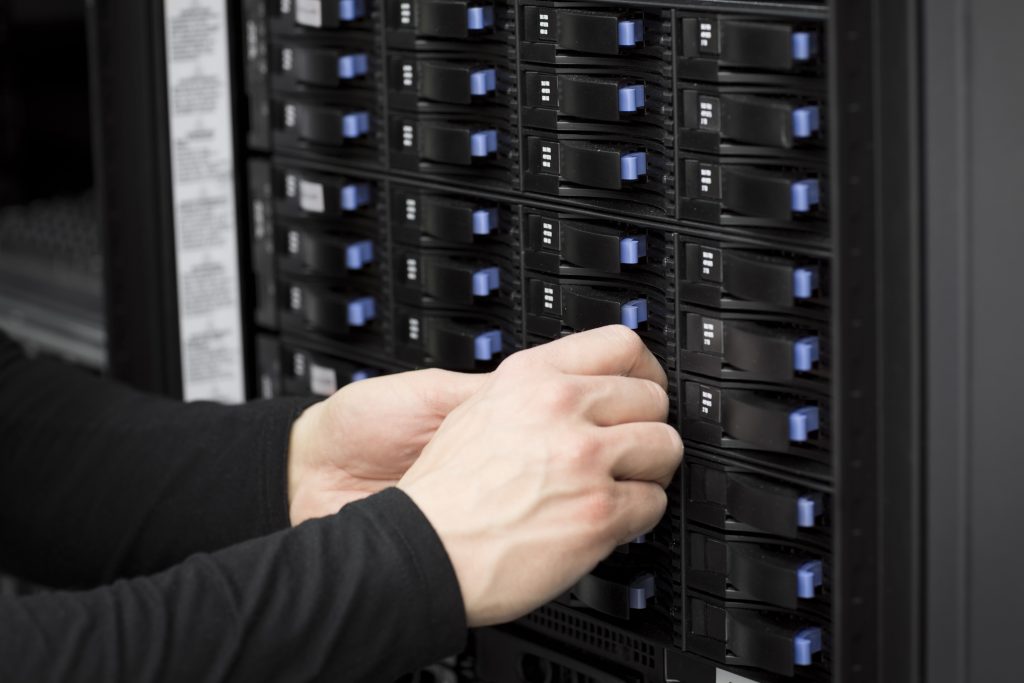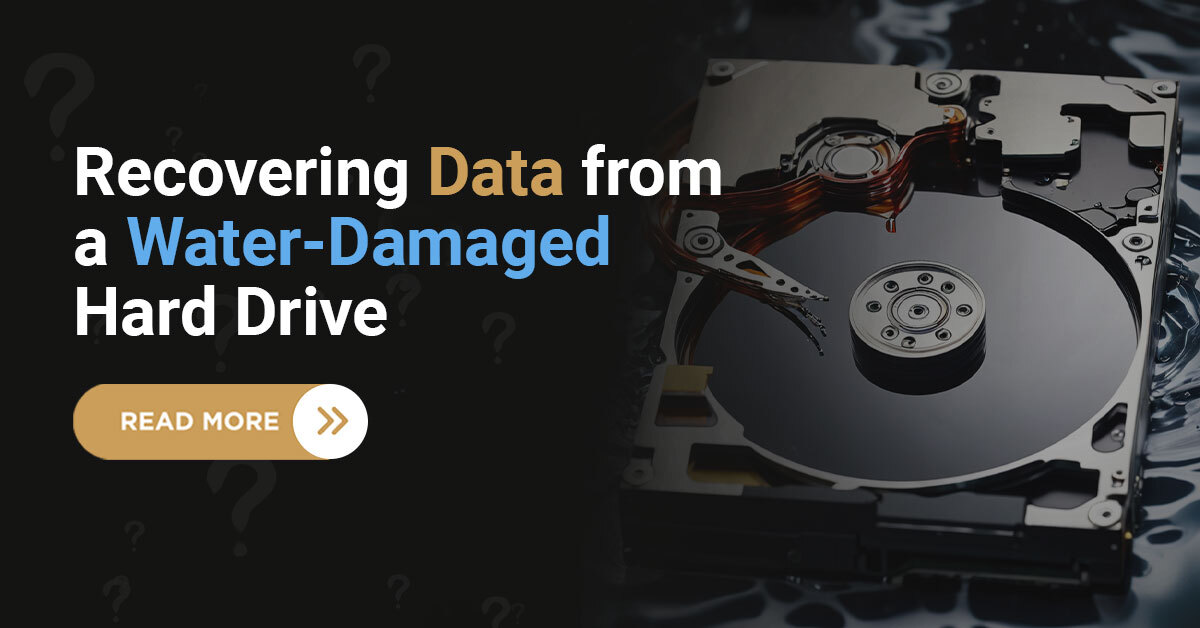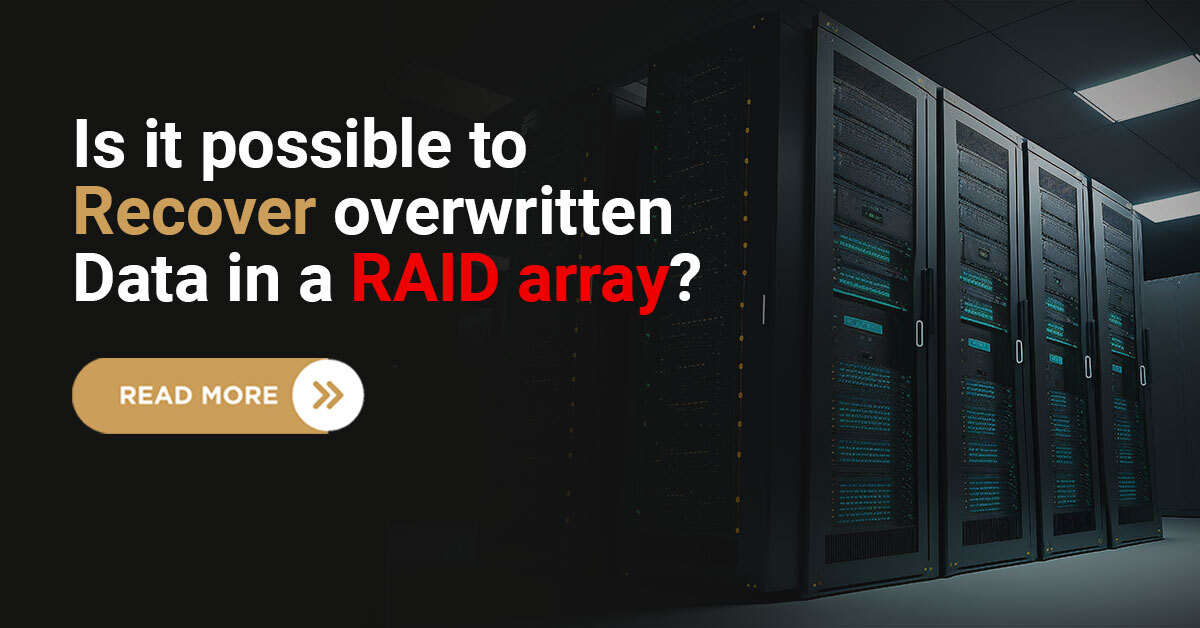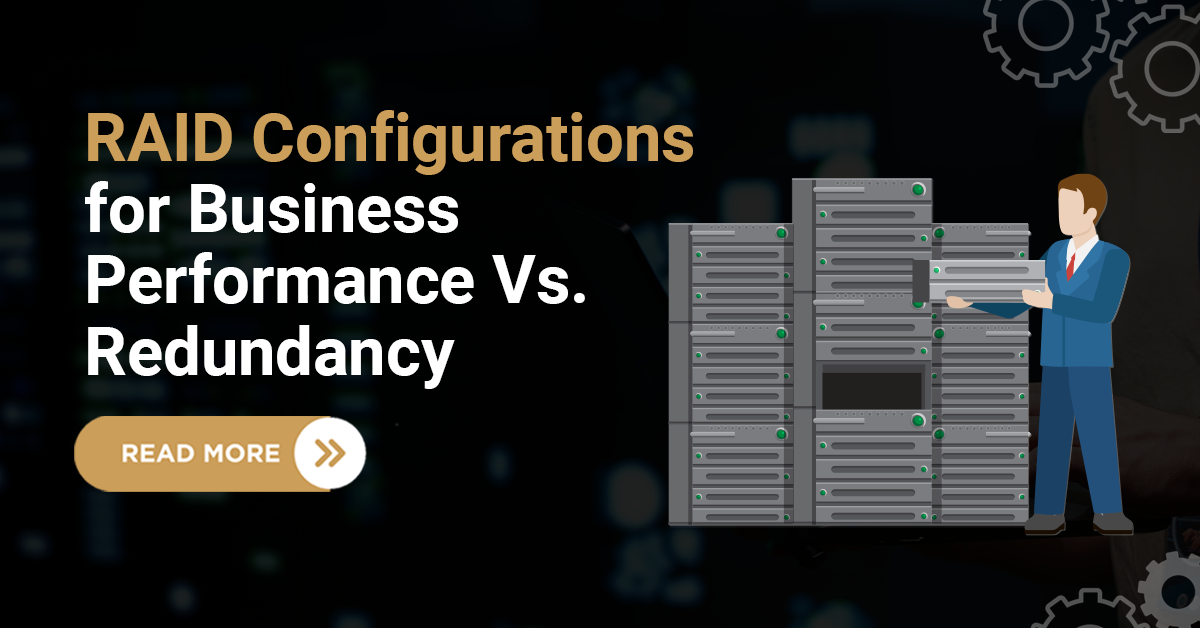RAID technology is widely used to improve data access speed and provide redundancy and fault tolerance. It provides various levels of redundancy and parity, making it a popular choice for data storage. However, despite its consistency, data loss can still happen if you neglect regular maintenance.
In this article, we will learn what the common causes of RAID failure are and how we can prevent them.

RAID and its Configurations
RAID, which stands for Redundant Array of Independent Disks, is a technology used in data storage to enhance data protection, performance, and availability. It involves grouping multiple hard drives in a particular configuration to achieve specific goals, such as:-
RAID 0 (striping): This configuration splits data into blocks and spreads it across multiple drives. It provides improved performance but no redundancy. If one drive fails, data is lost.
RAID 1 (mirroring): RAID 1 copies data on two drives, providing data redundancy. If one drive fails, the other still holds a copy of the data.
RAID 5 (Striping with Parity): RAID 5 combines data striping and parity data to provide both performance and data protection. It can withstand a single drive failure.
RAID 6 (Striping with Dual Parity): Similar to RAID 5, but with double parity, RAID 6 can withstand the failure of two drives.
RAID 10 (Striping and Mirroring): RAID 10 combines the features of RAID 0 and RAID 1. It provides both speed and redundancy but requires a minimum of four drives.
RAID configurations are chosen based on specific needs: RAID 0 is for speed, RAID 1 for redundancy, RAID 5 and RAID 6 for a balance between speed and data protection, and RAID 10 for both.
What are the Common Causes of RAID Failure?
Here are some common causes of RAID failure:-
Drive failures
One of the primary causes of RAID failure is drive failure. In a RAID setup, multiple drives work together. If one of these drives fails, it can lead to a degraded or failed RAID system. These drive failures can occur due to various reasons, including age, wear and tear, manufacturing defects, or physical damage.
Multiple Drive Failures
While RAID is designed to provide redundancy and data protection, if multiple drives fail in a short time span, it can cause RAID failure. In some RAID configurations, such as RAID 0 (striping), the failure of one drive can result in the loss of all data. The possibility of multiple drive failures increases with the number of drives that fail in the array.
Controller Failures
RAID arrays rely on controllers to manage data distribution and redundancy. If the controller fails or becomes faulty, it can disrupt the RAID system. This may lead to data access problems or the complete failure of the RAID.
Power Surges or Outages
Electrical issues, including power surges and outages, can harm RAID components. Sudden power interruptions may cause data corruption or hardware damage, resulting in RAID failure.
Software or Firmware Issues
Issues with RAID management software or firmware can affect RAID stability. Outdated or incompatible software, misconfigurations, or software bugs can lead to data loss or system instability.
Overheating or Poor Ventilation
High temperatures and poor ventilation can damage hard drives and RAID components. Environmental factors like dust, humidity, or physical vibrations can also impact the RAID system.
Hastily Work
Working hastily, such as through accidental file deletions, misconfigurations, or improper handling during maintenance, can compromise data integrity, and RAID functionality can cause data loss in RAID.
Virus or Malware attacks
RAID systems are not immune to malware attacks. Viruses or other malicious software can corrupt or encrypt the data, make it inaccessible, and disrupt RAID operations as well. Due to the use of NAS and SAN servers, the number of virus attacks is rising nowadays, creating data loss in RAID systems.
How to Prevent RAID Failure?
By following the steps written below, we can minimize the chances of RAID failures:-
1. Regular Monitoring: Keep an eye on the health of your RAID system. Many RAID controllers provide monitoring tools to detect drive issues.
2. Regular Maintenance: Maintain up-to-date software, firmware, and RAID management tools. Schedule regular system checks to identify and resolve issues.
3. Backup Data: Regularly back up data to an external source to ensure data recovery in case of failure.
4. Keep Proper Ventilation: Maintain proper maintenance of the RAID system, such as proper cooling and ventilation, to prevent overheating. Protect RAID systems from physical damage and maintain a clean environment.
Conclusion
While RAID technology provides substantial benefits, it’s essential to understand it and minimize the common causes of failure. By following regular monitoring, maintenance, and data backups, we can save our data from RAID failure.
If there is any way you are facing the situation of data loss from RAID, contact us at Techchef Data Recovery. Techchef has many years of experience and expertise in recovering data from all configurations of RAID, such as – RAID 0, RAID 1, RAID 5, RAID 6, and many more. Just call us at 1800-313-1737 and talk to our professionals in data recovery.










